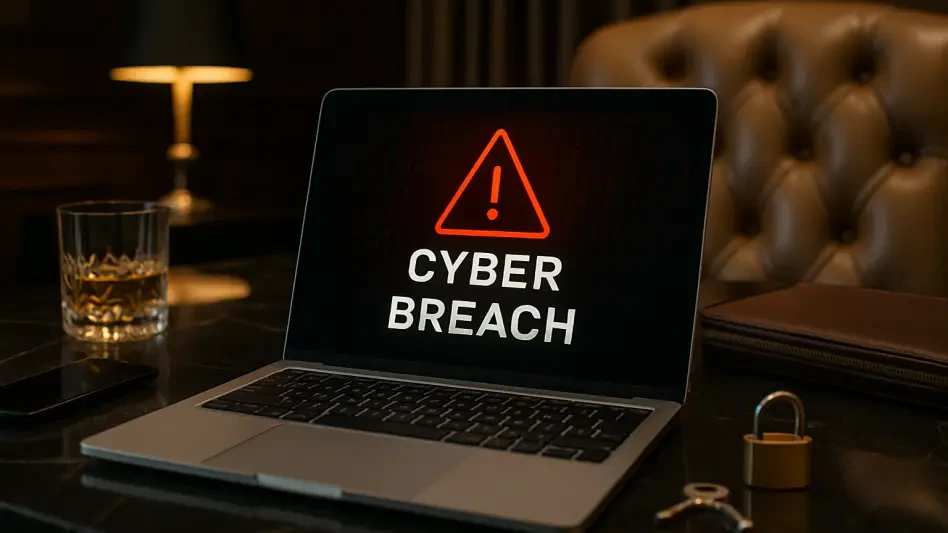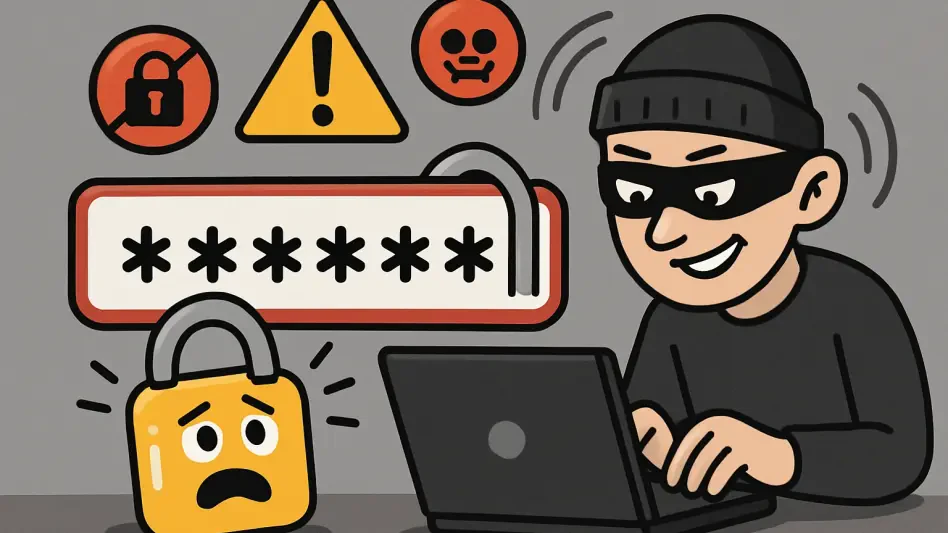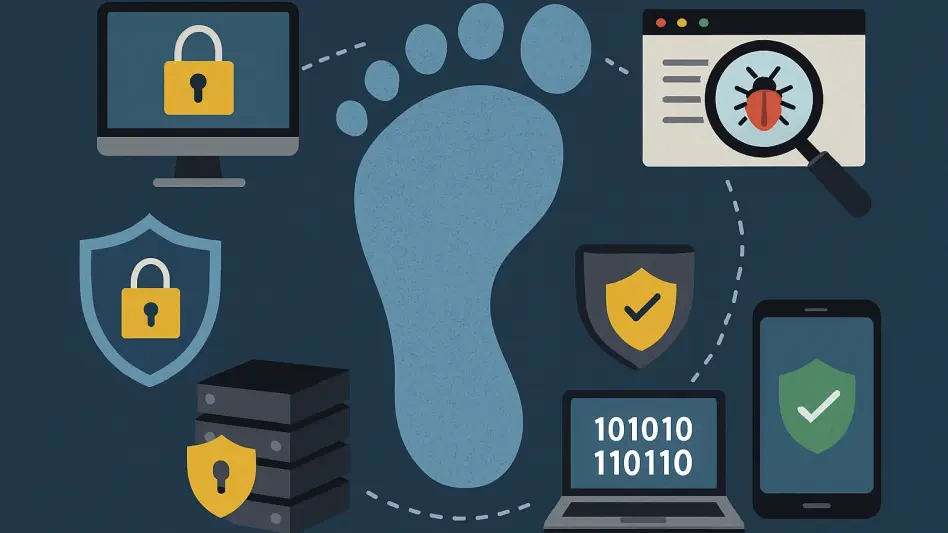Imagine a world where the most prestigious luxury fashion houses, symbols of exclusivity and wealth, become prime targets for unseen digital predators, and in a staggering breach, Gucci, Alexander McQueen, and Balenciaga—under the Kering umbrella—fell victim to the notorious hacking group ShinyHunters, with 7.4 million email addresses and customer spending habits exposed. This incident, discovered earlier this year, has sent shockwaves through the industry, raising urgent questions about cybersecurity in luxury retail. This roundup gathers diverse perspectives from cybersecurity professionals, industry analysts, and brand strategists to dissect how such a breach occurred, its implications for high-net-worth clients, and what can be done to prevent future attacks. The goal is to provide a comprehensive view of the challenges and solutions facing luxury brands in an increasingly hostile digital landscape.
Exploring the Cyber Heist: How ShinyHunters Struck Luxury Giants
Tactics Behind the Intrusion: Expert Analysis of the Attack
Cybersecurity specialists have pieced together a chilling picture of the methods likely employed by ShinyHunters to infiltrate Kering’s systems. Many point to the use of vishing—voice phishing—as a key tactic, where attackers impersonate trusted entities to trick employees into revealing access credentials, often targeting platforms like Salesforce customer instances. Such techniques exploit human vulnerabilities rather than technical flaws, making them particularly hard to detect.
Another angle of discussion centers on the scale of data exposed, with samples of leaked files confirming millions of email addresses and personal spending patterns were compromised. Analysts emphasize that while financial data remained untouched, the sheer volume of personal information suggests a meticulously planned operation. This raises concerns about the adequacy of current employee training protocols in high-stakes industries like luxury retail.
A third perspective questions the readiness of even the most resource-rich companies to fend off determined hackers. Some experts argue that the sophistication of these attacks indicates a need for constant evolution in defense mechanisms, as static security measures quickly become outdated. This viewpoint highlights a gap between perceived and actual protection in the sector.
Why Luxury Data Attracts Cybercriminals: Diverse Opinions
The allure of luxury customer data is a topic of intense debate among industry watchers. Many cybersecurity researchers note that information tied to high-net-worth individuals holds immense value on the dark web, where it can be sold for targeted fraud or identity theft. This makes brands like Gucci and Balenciaga irresistible targets for groups like ShinyHunters.
A contrasting opinion from data privacy advocates focuses on the real-world consequences of such breaches. They warn that exposed spending habits could enable tailored scams, eroding trust among affluent clients who expect discretion from luxury houses. Examples from past incidents involving brands like Dior and Chanel illustrate how these datasets fuel long-term criminal enterprises.
Meanwhile, brand consultants offer a different lens, stressing the reputational damage over immediate financial loss. They argue that for luxury firms, the perception of exclusivity is as critical as the products themselves, and a breach can shatter consumer confidence. This perspective underscores the dual challenge of safeguarding data and maintaining an untarnished image in a competitive market.
Industry Fallout: Broader Implications for Luxury Retail
Rising Cyber Threats: A Growing Concern for Fashion Titans
Analysts tracking cybercrime trends point to a staggering 58% surge in global ransomware attacks reported in the second quarter of this year, with luxury retail emerging as a primary battleground. This statistic, shared by multiple security firms, paints a grim picture of an industry under siege, where high-profile brands face relentless digital assaults.
Regional differences in attack patterns also draw attention, with some experts noting that European luxury conglomerates face unique vulnerabilities due to complex, interconnected systems across markets. Others highlight emerging tools, such as AI-driven phishing schemes, that hackers might exploit next, urging brands to anticipate rather than react to threats. This forward-thinking approach is seen as essential in a rapidly evolving threat landscape.
A critical viewpoint challenges the assumption that financial resources alone can shield luxury brands from cyberattacks. Despite their wealth, many firms lag in implementing cutting-edge defenses, leaving gaps that groups like ShinyHunters exploit. This perspective calls for a cultural shift toward prioritizing cybersecurity as a core business function, not just a technical afterthought.
Kering’s Response: Varied Takes on Crisis Management
Kering’s handling of the breach, including a delayed public disclosure, has sparked diverse reactions among industry observers. Some cybersecurity professionals express concern over the lag in transparency, suggesting it may hint at additional undisclosed victims or a broader underreporting trend within luxury retail. This raises questions about accountability in crisis situations.
Others defend Kering’s firm stance against ransom negotiations, viewing it as a principled stand that could deter future extortion attempts. However, a differing opinion from threat analysts warns that such rigidity might not address the root causes of vulnerability, potentially leaving systems open to repeated attacks. This debate reflects the complexity of balancing ethics and pragmatism in cyber crisis management.
A final perspective comes from brand reputation experts who analyze how such responses shape public perception. They argue that delayed or incomplete communication can alienate loyal customers, especially in a sector where trust is paramount. Comparing Kering’s approach to other luxury brands’ handling of similar incidents reveals a spectrum of strategies, each with distinct impacts on consumer confidence.
Safeguarding Luxury’s Digital Frontier: Collective Recommendations
Drawing from multiple cybersecurity voices, a key takeaway from the Kering breach is the exploitation of systemic weaknesses by ShinyHunters, resulting in millions of exposed records. Experts across the board agree that while financial data was spared, the incident exposed critical flaws in data protection protocols. This consensus drives home the urgency for reform in how luxury brands secure sensitive information.
Actionable advice includes bolstering employee training to combat vishing and other social engineering tactics, a recommendation echoed by many in the field. Additionally, robust data encryption and multi-factor authentication are cited as non-negotiable upgrades to prevent unauthorized access. These measures, though resource-intensive, are seen as vital investments in an era of escalating cyber threats.
For consumers, practical tips include monitoring personal accounts for unusual activity and advocating for greater transparency from luxury brands. Some privacy advocates also suggest that customers push for clearer policies on data handling, empowering them to hold brands accountable. This shared responsibility between companies and clients forms a recurring theme in expert discussions.
Moving Forward: Building Trust in a Digital Era
Reflecting on the insights gathered, it becomes clear that the ShinyHunters breach of Kering’s brands was a wake-up call for luxury retail, exposing vulnerabilities that cybercriminals eagerly exploited. The diverse perspectives highlighted a shared concern over the value of high-net-worth data and the cascading risks to customer security. Industry responses, including Kering’s, revealed both strengths and shortcomings in managing such crises.
Looking ahead, luxury brands must adopt a proactive stance by integrating advanced cybersecurity frameworks and fostering a culture of vigilance. Collaborating with tech innovators to develop tailored defenses could offer a competitive edge against evolving threats. Additionally, engaging customers through transparent communication emerges as a powerful tool to rebuild trust after such incidents.
Beyond individual actions, the broader industry faces a pivotal moment to set new standards for data protection, ensuring digital elegance matches the prestige of physical products. Exploring resources like cybersecurity whitepapers or industry reports can provide deeper understanding and actionable strategies. This collective effort marks a critical step toward securing the future of luxury retail in an interconnected world.








